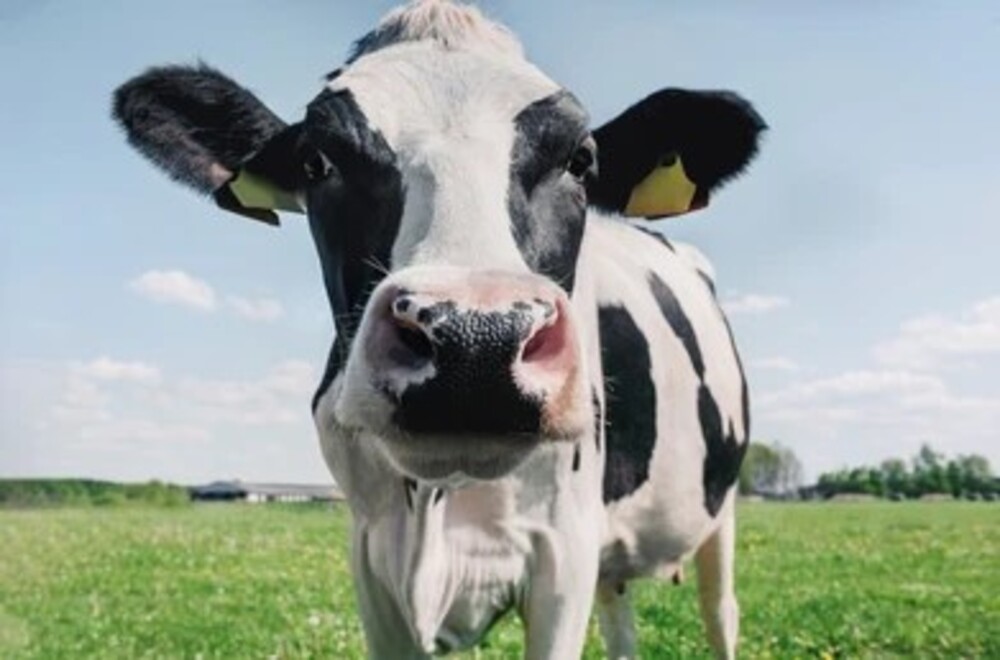As the world grapples with the devastating effects of climate change, governments are taking unprecedented steps to reduce greenhouse gas emissions. One unlikely target in the war against global warming is livestock, particularly cows. Cow farts and burps contribute 15% of annual global greenhouse gas emissions, according to the United Nations.
However, the push to tackle cow gas emissions has faced opposition from the farming industry. This article will explore the reasons behind the move to reduce livestock and the challenges it faces.
Cow farts and climate change
Cattle digestion and waste produce methane, a potent greenhouse gas that is 80 times more effective than carbon dioxide in trapping heat in the atmosphere in the first 20 years after its release.
The agricultural sector is responsible for a significant proportion of methane emissions, with cattle contributing a major share. In 2022, the sector’s methane emissions totaled 142 metric tons, three times the amount from the oil sector, according to the International Energy Agency.
The need to address these emissions has led to proposals from governments to tackle the issue head-on.
Government plans to reduce livestock
To meet the 2021 Glasgow pledge of reducing methane levels in the atmosphere by at least 30% by 2030, European Union countries are debating proposals to impose emission limits on farms across the 27-nation bloc.
The proposals would reduce livestock numbers, lowering cattle emissions – or cow farts.
In New Zealand, where agriculture accounts for more than half of the country’s harmful gases, the government is considering levying a tax on farmers based on factors such as the number of animals kept, fertilizer used, and energy efficiency.
Challenges and resistance
While technology exists to reduce emissions, the cost can be prohibitively expensive, and it is not applicable to every farm. Feed additives that allow cows to burp less are manufactured by companies such as the Dutch specialty chemicals company DSM and the New Zealand milk producer Fonterra.
Danone, the French dairy conglomerate, separates solids from liquids in milk production, which reduces methane emissions by more than a fifth. Farmers in Italy and Germany, for example, have opposed emission caps proposed by the government.
Furthermore, taxes on cow gas could raise the cost of New Zealand’s milk exports, potentially driving consumer goods companies and retailers to seek cheaper supplies from countries such as Saudi Arabia, which emits even more methane.
The potential benefits
Despite the challenges and negative consequences, the push to reduce livestock could have positive outcomes. Increasing the price of meat could narrow the gap with plant-based alternatives, making them more appealing to consumers.
Plant-based burgers and steaks today cost twice as much as their animal-based counterparts, according to the Good Food Institute. Higher meat prices may deter consumers from purchasing meat products, which have a higher carbon footprint, and opt for less carbon-intensive options instead.
The proposed government policies may not be perfect, but they could raise consumers’ awareness of the dangers of a growing cattle population’s impact on climate change.
Well, cows should keep it for themselves, aren’t they?
Tackling cow gas emissions is a necessary step in the fight against climate change. While the push to reduce livestock has faced opposition, governments are determined to achieve their emissions reduction goals.
The move to reduce livestock is not without challenges, but it could have positive effects, such as raising consumer awareness of the impact of cattle on climate change and promoting the adoption of less carbon-intensive alternatives.
Ultimately, this will be the start of a long but necessary battle, much like the one against fossil fuels ten years ago.

